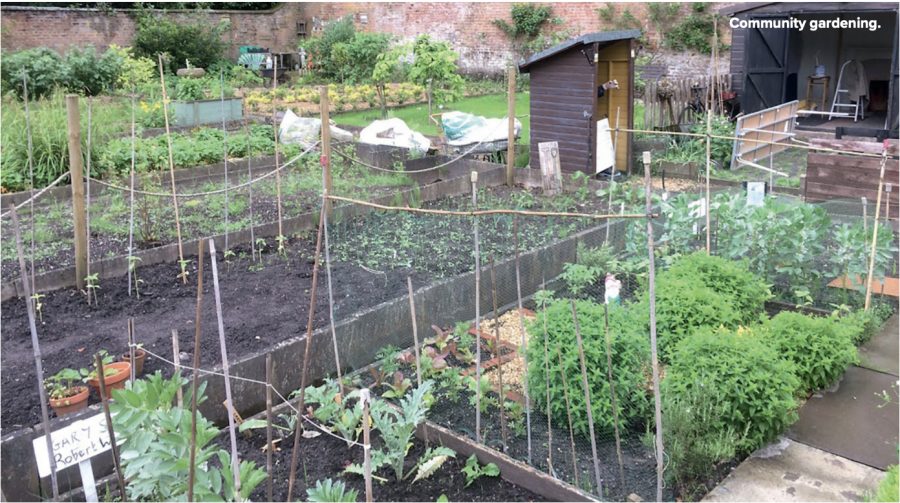In this article extract taken from the July issue of The Country Smallholder magazine, Andrew Oldham shows how to take back control of your food by growing your own crops…
We’re worse off than last year according to statistics. The cost of tomatoes, broccoli, carrots, lettuces, and cauliflowers are all on the rise, and even turnips cost more. We are amid the worst cost of living crisis within living memory.
According to statistics we are each 80% worse off than last year when it comes to our supermarket bills. Even the biggest producer of chicken in the UK has seen a price rise of 450%-550% for energy usage and diet supplements, coop litter, disinfectants and veterinary costs were up as much as 20%.
We haven’t even touched on the average bag of chicken feed. Since 2020, feed has risen by 50% in cost and is continuing to rise. Small to medium poultry businesses are closing and the cost of chicken will soon be the same as the cost of beef, and all that cost must be passed on.
Everything though isn’t doom and gloom; we have acres of land in the UK that aren’t being used to the best of its ability from the countryside to urban areas. Public parks, brownfield sites, derelict green spaces are all going begging for use, even your windowsill. If we must weather this crisis, then we need to do so as a community. The fight back starts with us all. There are some easy steps to get growing.
LAND VS TIME POOR
Can you identify land in your area that could be used? Is your local councillor willing to help you and others? This may be part of your smallholding or maybe an unused area within your community.
A big problem with taking on a new project, is time. I for one, like you, are pushed for time. We call this being time poor, unable to cultivate new land or new projects.
This is why getting to know your community will help you. Getting together with neighbours means you can spread between you: workload, growing seed, planting, watering, and harvesting. If you all take a turn you can share skills, cook together, and grow together.
If you live in a community where only gardens are available you can still turn this over to food production, working together to manage each other’s gardens and taking a percentage of the crops.
Growing in a modern urban space or growing whilst holding down a busy job means you must think outside the box and getting your community active is the first step. You can go it alone but remember that even in The Good Life, Tom and Barbara had Jerry and Margot!
WHAT TO GROW
Look at your supermarket bill. Potatoes are cheap in comparison but can still be grown in sacks in limited space. Courgettes are now breaking the bank but a couple of plants in a raised bed or pot will give you massive crops if well looked after. Bags of lettuce can become pots or windowsills of lettuces.
Berries (including grapes, raspberries, and strawberries) have gone through the roof pricewise,yet can easily be grown in any garden; gooseberries are one of my favourites. Identify first what you want to eat from your supermarket. If you can grow it – grow it! You can’t grow bananas, but you can grow apples, pears, quinces, and plums. Fruit trees come in two forms, in a pot or bare rooted (this is the cheaper option, but you will have to wait until winter to buy and plant them). Fruit can be trained against walls as cordons, espaliers, and fans, limiting the amount of space they grow in and more importantly can come on dwarf rootstocks so that they will happily grow in a small space.
Even in rented property you can live a bit of the good life with blueberries, strawberries, and blackberries in pots. If you are strapped for time or even new to community growing, look to perennial vegetables, such as, Jerusalem Artichokes, Sorrel, Daubentons Kale, Welsh Onions, Babington’s Leek, Asparagus, Chives (and a myriad of other herbs) and Rhubarb. These perennial vegetables will just get bigger and better each year.
This article extract was taken from the July edition of The Country Smallholder. To read the article in full you can buy the issue here.
To receive regular copies of The Country Smallholder magazine featuring more articles like this, subscribe here.
For FREE updates from the world of smallholding, sign up for The Country Smallholder newsletter here.








